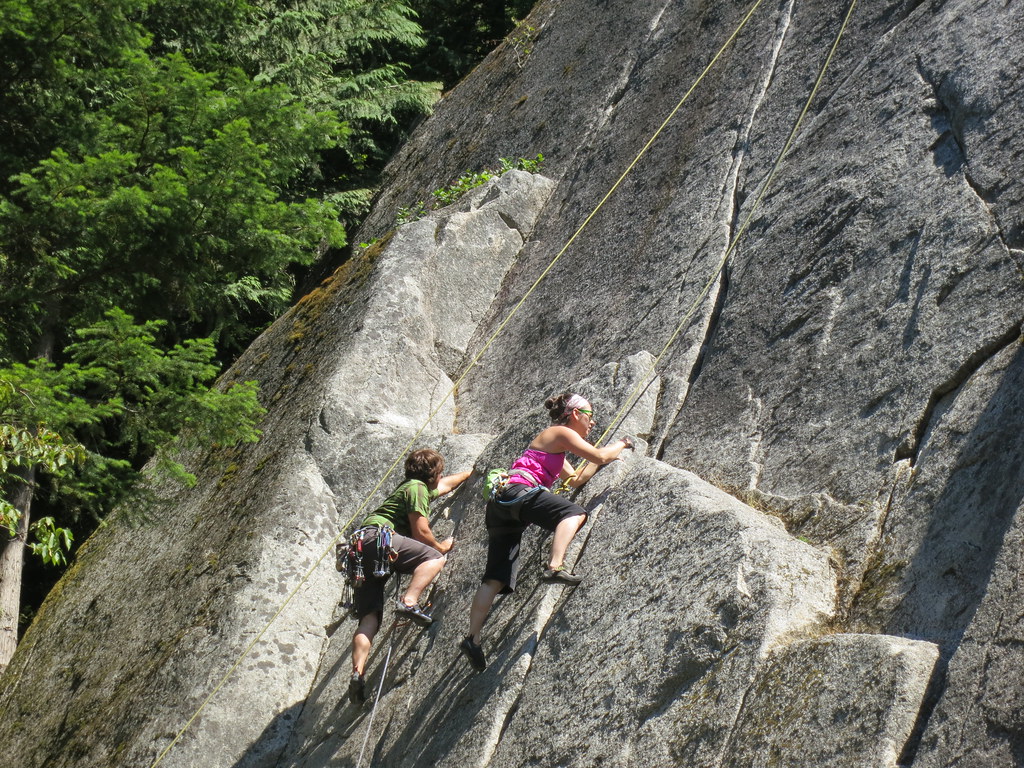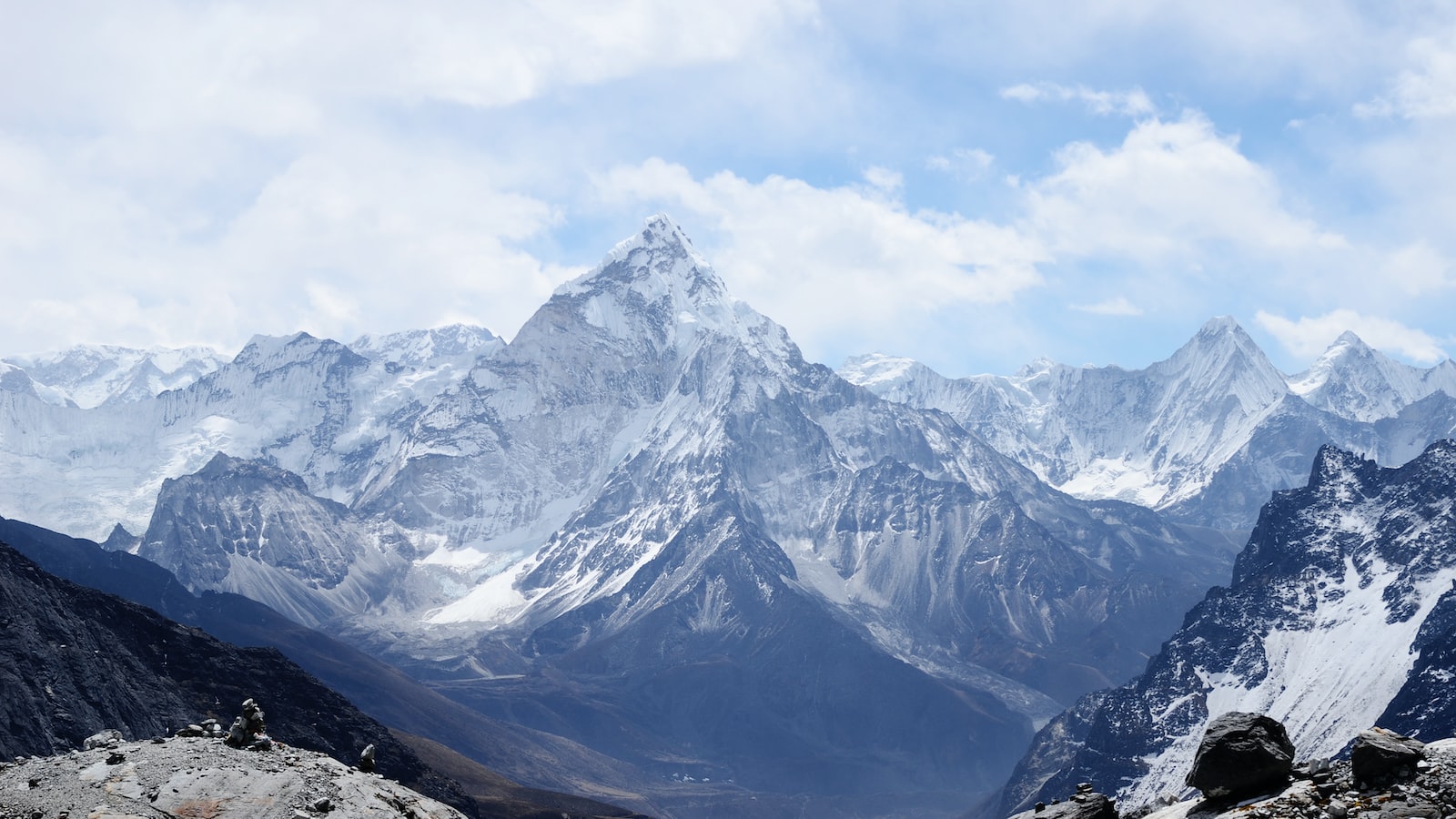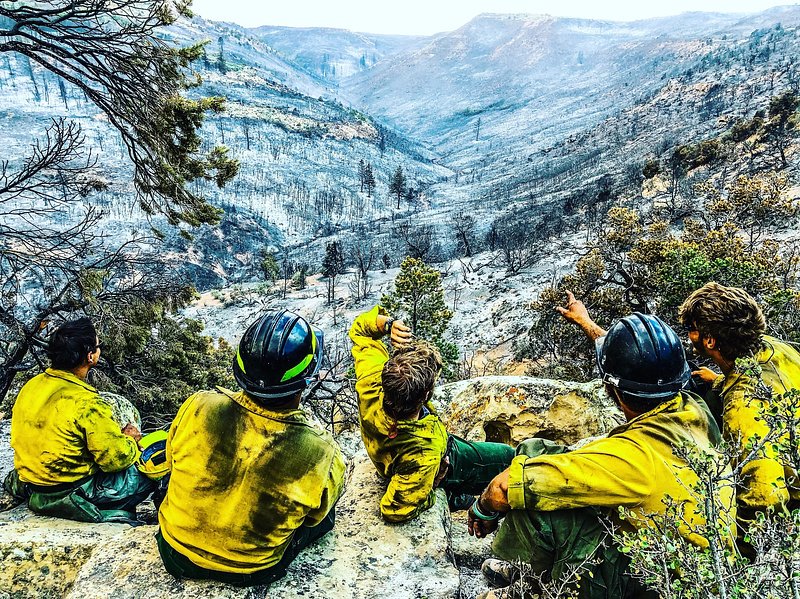
When it comes to extreme sports, predicting conditions and understanding how they will change over time is a critical element of successful mountaineering. Mountain metric technology has emerged as a data-driven solution that provides a window into not only the current environment, but also future conditions, supporting climbers who need to make life-and-death decisions in the mountains.
Understanding Mountain Metrics
Mountain metric systems are composed of sensors, usually embedded in or near the climbers gear, which measure elements of weather or terrain during a climb. These sensors collect data related to temperature, air pressure, humidity, UV radiation, wind direction, altitude, and other environmental parameters. Data collected by the sensors is then analyzed using algorithms to provide meaningful insights that can aid climbers in making decisions.
Mountain metrics can detect potential danger ahead of time, allowing climbers to plan ahead. For example, sensors could alert climbers that the winds are too strong, or that an increase in snow accumulation could cause avalanche conditions.
The sensors and algorithms that power mountain metric technology can also be used to measure the performance of climbers. Performance analytics can be derived from accelerometers and gyroscopes that track the motion of climbers, and can provide feedback to climbers to help them better understand their ability and risk tolerance. This feedback can be invaluable for climbers who are trying to gauge their own skill level under extreme conditions.
Other measurements can provide a better understanding of the conditions that climbers are facing, such as air pressure or wind speed. These measurements can help climbers understand the environment they are climbing in, allowing them to adjust their gear or make other decisions to optimize their safety and success.
The Benefits of Mountain Metrics
Mountain metrics technology offers many benefits for climbers, ranging from analytical performance feedback to data-driven decision support tools. However, the greatest benefit is the ability to predict danger before it occurs. This predictive capability can give climbers the insight they need to make life-saving decisions and navigate difficult terrain.
In addition, mountain metrics can help climbers plan their trips more carefully, minimizing the chance of accidents and ensuring a safe climb. Analytics can be used to identify the best route for each climb, helping climbers avoid dangerous terrain or conditions while optimizing their experience and success.
The Future of Mountain Metrics
Mountain metrics technology is still in its infancy, but with ongoing advancements in data science and artificial intelligence, new possibilities are emerging for climbers. As sensor technology continues to improve in accuracy and affordability, more climbers will be able to utilize the benefits of these systems.
At the same time, data science is offering new capabilities to interpret the data being collected, generating even more valuable insights for climbers. Predictive analytics can enable climbers to better anticipate potential conditions and hazards, making their adventures in the mountains much safer.
Conclusion
Mountain metrics technologies are revolutionizing the way that climbers prepare for extreme sports. Whether it’s providing real-time analytics on performance or capturing key environmental measures, the data collected by these systems can give climbers confidence in their ability to safely navigate terrain in all conditions.












